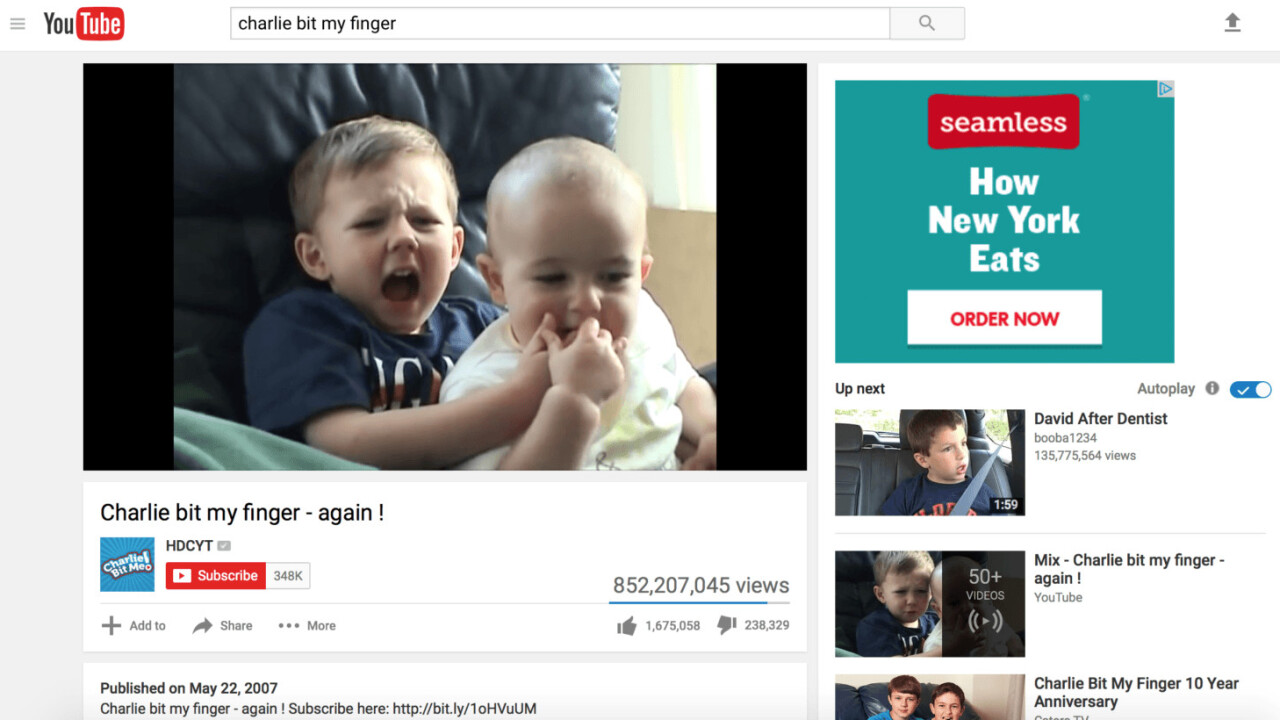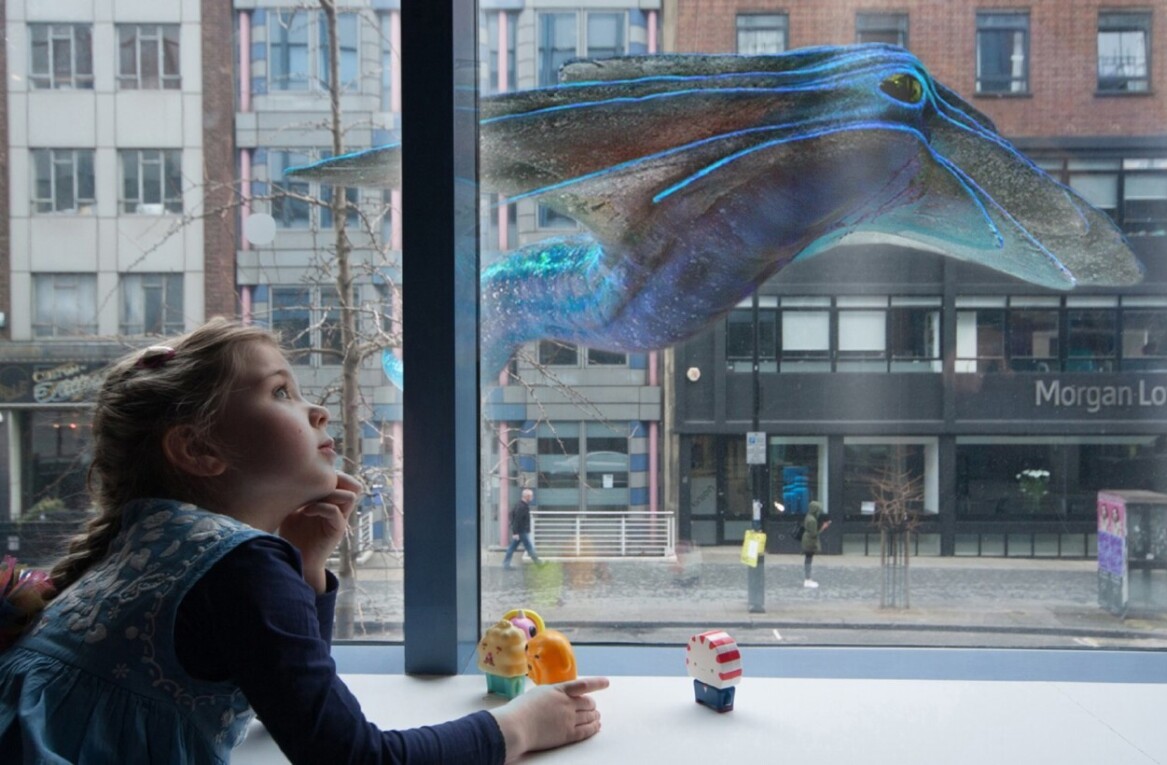
The videos and memes you keep seeing on your feeds aren’t an accident. There are actually six principles that drive virality.
Ever since Malcolm Gladwell’s “Tipping Point,” psychologists have been trying to get to the bottom of what makes something “go viral.” But according to Wharton marketing professor Jonah Berger, the mnemonic, “STEPPS,” holds the answers.
Here’s the breakdown:
Social Currency
We post and share content on social media to be perceived by others in a certain way. Because we care so much about what people think of us, it affects our online behavior. So to seem like a cool kid or “in the know,” we share popular content (otherwise known as memes) and often put our own twists on it.
Triggers
Social currency gets people talking, but triggers keep them talking. Triggers are reminders for related concepts and ideas.
For example, if your friend said, “peanut butter and –,” you’d probably think of jelly. And once the thought of peanut butter and jelly is in your head, this vintage meme might come to mind:
Another example is the atrocious Rebecca Black song, “Friday.” The song was the most viral video of 2011, yet everyone hated it. So how did it rake in over 300 million views? If you look at the video’s search history, you’ll see a pattern 一 a spike in traffic every Friday.
Friday (the day) acted as a trigger, almost forcing people to think about and share the ridiculous song every week.
Emotion
In his research, Berger emphasizes that when we care, we share. Humans are social creatures by nature. We love to share our opinions with each other and feel accepted. So when we come across something online that’s funny, informative, or awesome, we need to tell everyone.
Emotion is behind almost every single viral Facebook video. Especially videos that involve a good samaritan and a homeless person. It tugs at viewers’ heartstrings, makes them cry, and then puts them in a feel-good mood. Once the viewer is overwhelmed with emotion, they share.
Public
The more public or popular something is, the more likely people will be attracted to it. This phenomenon is also known as “social proof.” People copy others’ behaviors because it provides information.
For example, if you don’t know what to think about a controversial Trump statement, you might come across a tweet with hundreds of RTs and take that side.
Practical Value
Useful things are inherently shareable. People like to share practical, useful information simply because it’s beneficial to their friends and family.
Take Buzzfeed’s Tasty videos for example. The mouth-watering videos dominate Facebook because millions of people find them helpful. Buzzfeed is respectful of viewers’ attention spans and provides viewers with easy to make, affordable recipes.
Stories
Science shows that one of the only ways our brain can stay focused is by consuming stories. The brain shuts out all other distractions and locks in on the story. People are irresistible to a good story and share them for the same reasons mentioned previously:
- Social currency
- High arousal emotion
- Practical value
In the words of Jonah Berger himself, “Virality isn’t born, it’s made.”
Get the TNW newsletter
Get the most important tech news in your inbox each week.





